M 2.0
Single-component multi-purpose polyurethane foam.
Discover more
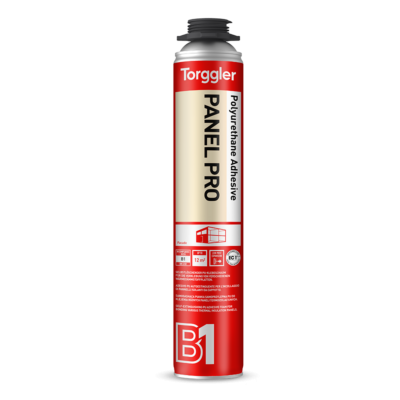
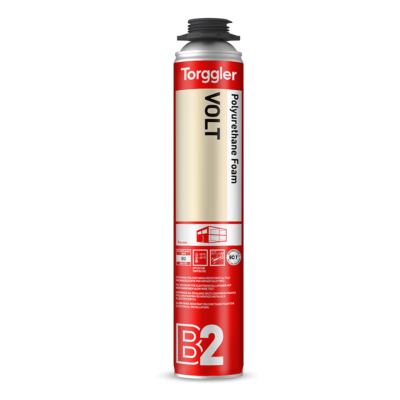
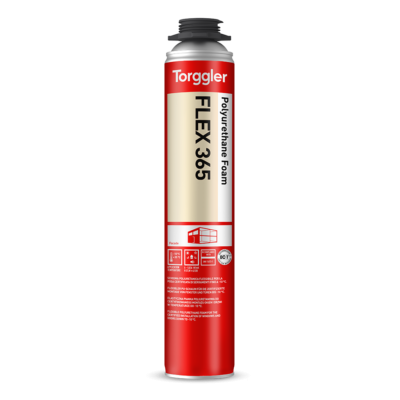
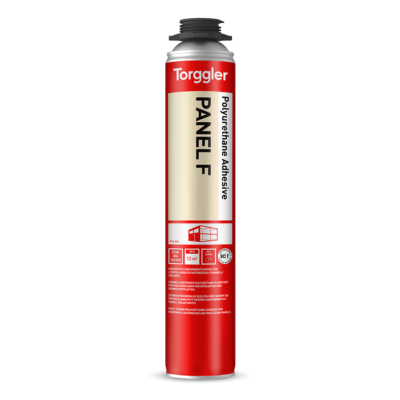
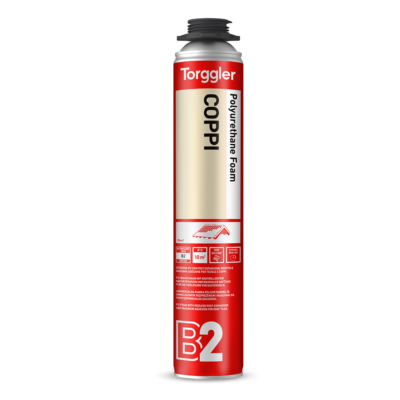
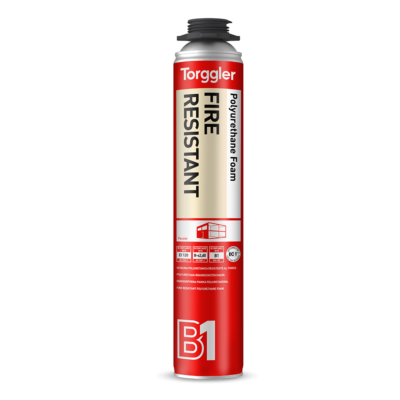
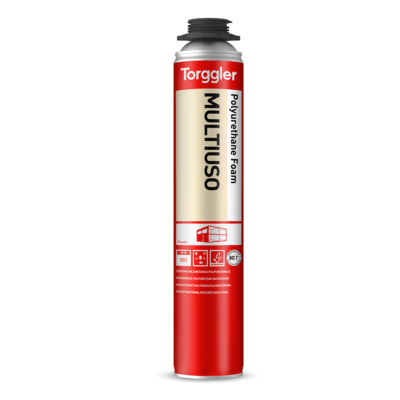
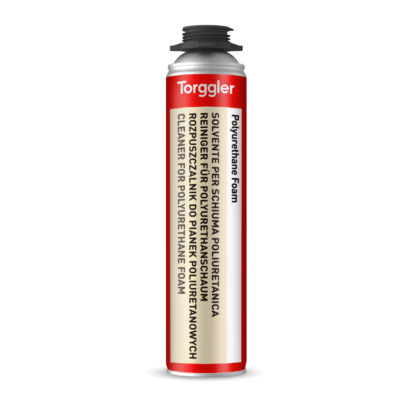
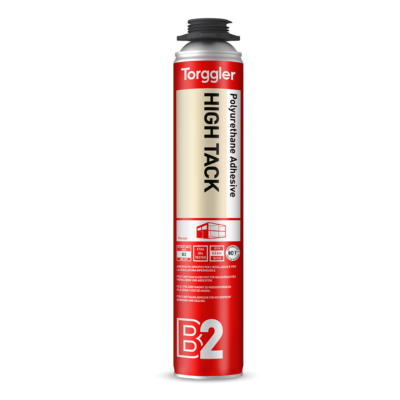
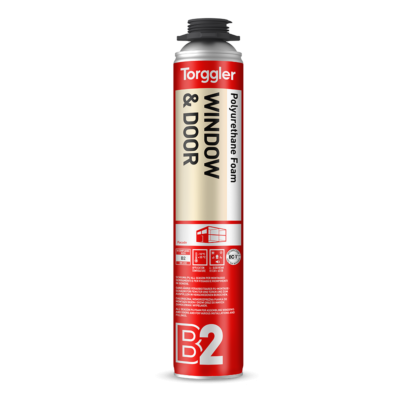
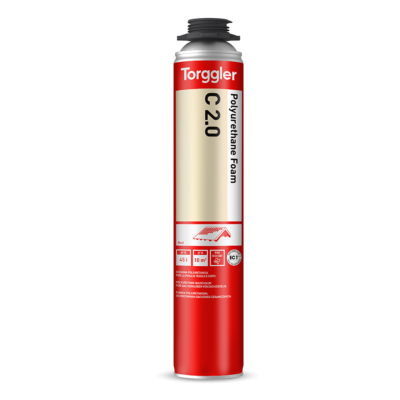
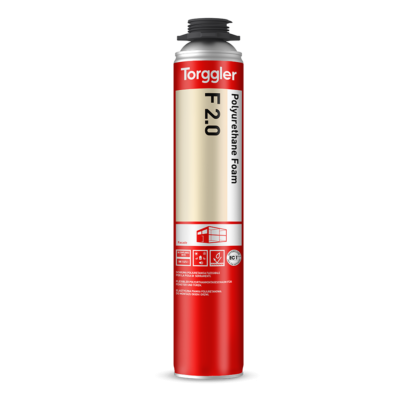
It hardens by reaction with the humidity of the atmosphere and of the installation substrates. Once hardened it guarantees high mechanical resistance to traction, compression and shear and good thermal insulation. It maintains its characteristics and performance even at extreme temperatures, provided it is protected from UV rays.
The sides of the joint must be solid, clean, degreased and consistent. To improve adhesion and obtain a uniform and homogeneous foam structure, slightly moisten the installation substrates. Screw the gun to the ring nut or, in the case of the manual extrusion cylinder, screw the dispenser on the valve and shake vigorously for a long time to obtain good mixing of the components. For faster extrusion, shake the spray can even during installation intervals. Turn the spray can upside down and fill the cavities by half volume: post-expansion will fill the remaining void. In case of low ambient humidity, or to increase the hardening speed M 2.0, moisten the foam after extrusion. In case of cavities deeper than 4 cm, fill in layers and wait 15-30 minutes between subsequent applications and humidify before continuing. After complete hardening cut the excess material and protect from UV rays: M 2.0 can be sanded, plastered and painted.
Store upright, in a dry place, away from low temperatures, heat and direct radiation. A temperature between +15 °C and +25 °C is recommended for effective foam extrusion. In the original packaging it is kept for at least 18 months.
The M 2.0 spray can is a pressure vessel. Protect from sunlight and do not expose to temperatures exceeding 50 °C. Do not pierce or burn, even after use. Do not spray on a flame or an incandescent body. Extremely flammable: keep away from all sources of combustion. Do not smoke. Especially when several spray cans are used at the same location, there is a danger of forming explosive air/gas mixtures. Keep out of reach of children. Contains diphenylmethane-4,4′ -diisocyanate (EEC No 615- 005-00-9). The use of this product may cause allergic reactions in people already sensitized to diisocyanates. People with asthma, eczema or skin problems should avoid contact, including dermal contact. Use only in a well-ventilated areas. Harmful by inhalation: do not breathe aerosols. In case of insufficient ventilation, use a protective mask with a suitable gas filter (e.g. type A1 according to EN 14387). Irritating to the eyes, respiratory system and skin. May cause sensitization by inhalation and skin contact. In case of contact with eyes, rinse immediately with plenty of water and seek medical advice. In case of contact with skin, wash immediately with plenty of soap and water. Wear suitable protective clothing and gloves. In case of accident or if you feel unwell, seek medical advice immediately (show the label where possible).
| Color | Code | Application | Packaging | Packaging size | Pallet | Barcode |
|---|---|---|---|---|---|---|
| Natural yellow | 8042 | Manual application | can | 12x750 ml |
70 cardboards
|
|
| Natural yellow | 8043 | Gun application | can | 12x750 ml |
70 cardboards
|
Filling of joints of all types and with any orientation, indoor and outdoor, between construction elements made of: concrete, masonry, bricks, stone, mortar, plaster, plasterboard, fibre cement, wood, metal, glass, EPS and XPS sheets, plastic materials, etc. Ceiling cladding in internal partitions; sealing of system crossings in walls or floors; pipe insulation; fixing of door and window frames.
| TEST PARAMETERS AND METHODS | Manual | Gun |
| Colour | yellow | yellow |
| Outdoor temperature during application | +5 / +35 °C | +5 / +35 °C |
| Operating temperature | -40 / +90 °C | -40 / +90 °C |
| Surface film formation (at 23 °C and 50% RH) (MIT 101) | 10 – 14 minutes | 9 – 13 minutes |
| Cord traceability (Ø of 20 mm at 23 °C and 50% RH) (MIT 101) | 20 – 30 minutes | 20 – 40 minutes |
| Density | 20-30 g/l | |
| Linear dimensional variation (23 °C – 50% RH) (FEICA TM1004) | <5% | <5% |
| Post-expansion curb (MIT 101) | 28-30 % | 18-20 % |
| Indicative yield | ca. 25 litri | ca. 40 litri |
| Thermal conductivity λ (EN12667) | 0,030-0,035 W/(m*K) | 0,030-0,035 W/(m*K) |
| Fire behavior (DIN 4102) | B3 | B3 |
| Closed cells | ± 70 % | ± 70 % |
| Water resistance | excellent | excellent |
| Resistance to detergents | excellent | excellent |
| Resistance to chemical agents | good | good |
| UV resistance | poor | poor |
| Resistance to microorganisms | excellent | excellent |
Contact our team for personalized support and product guidance.